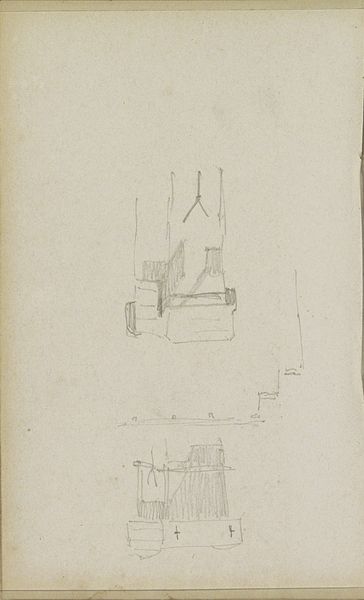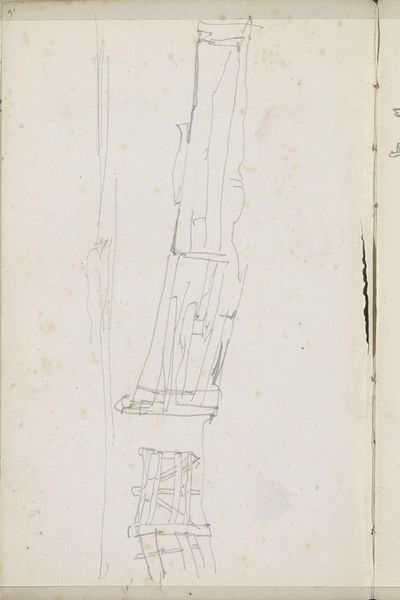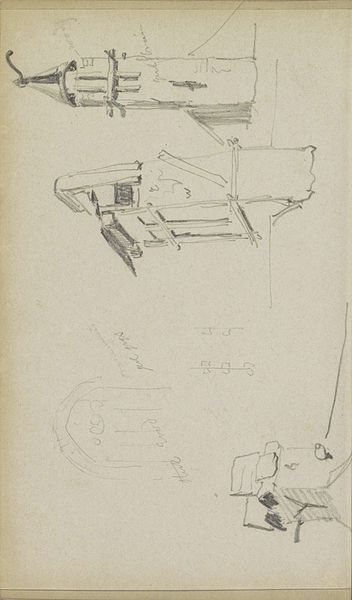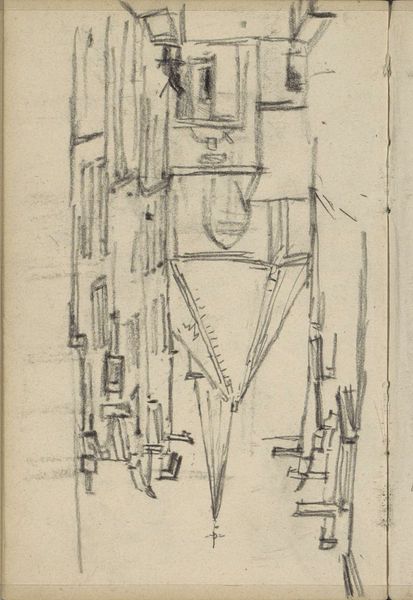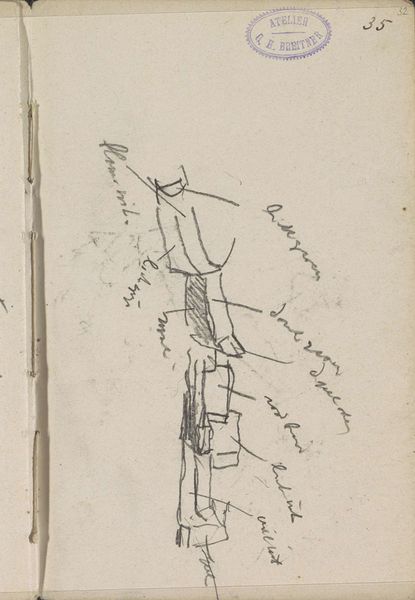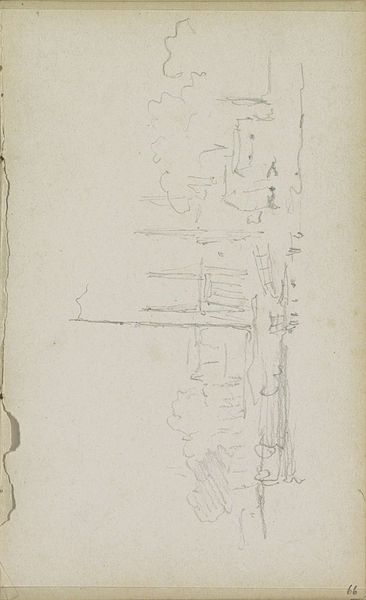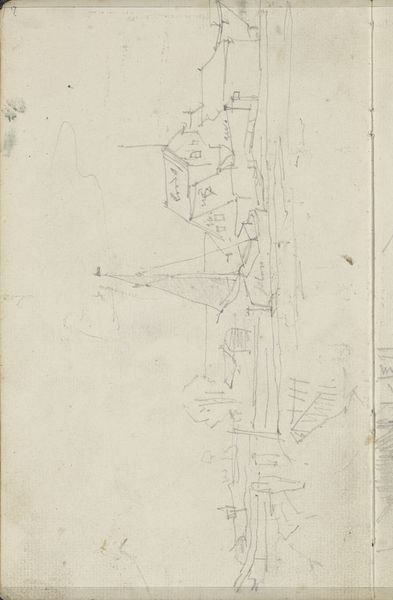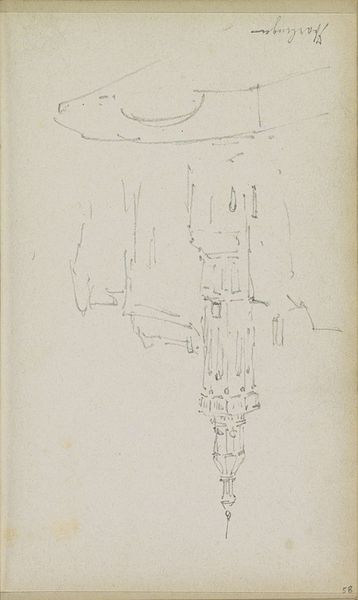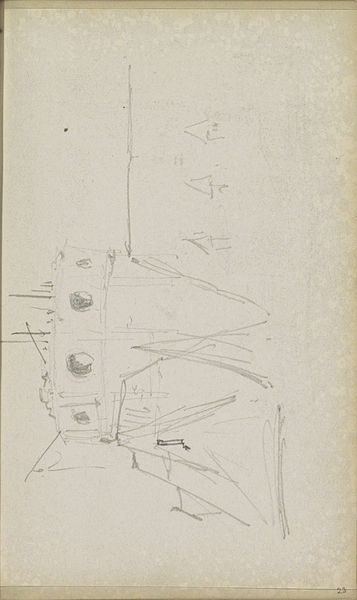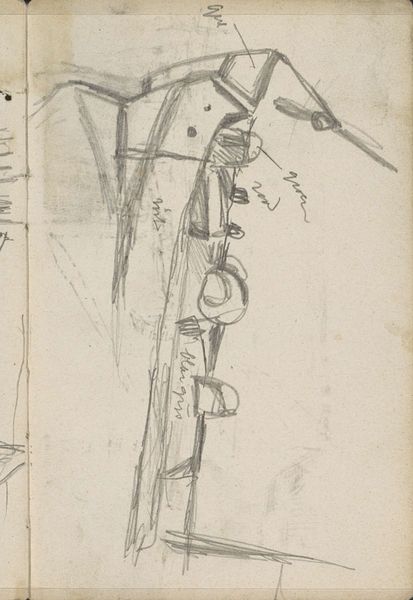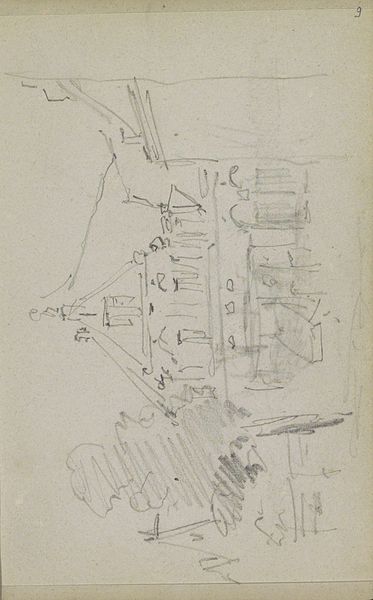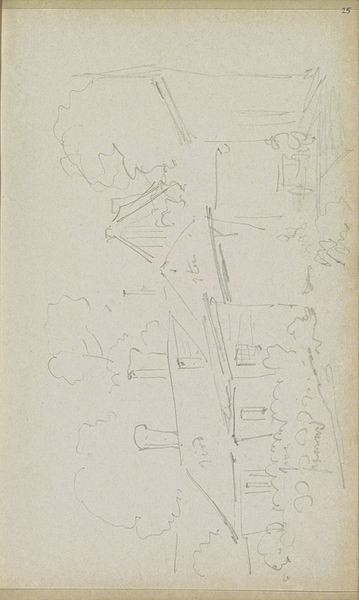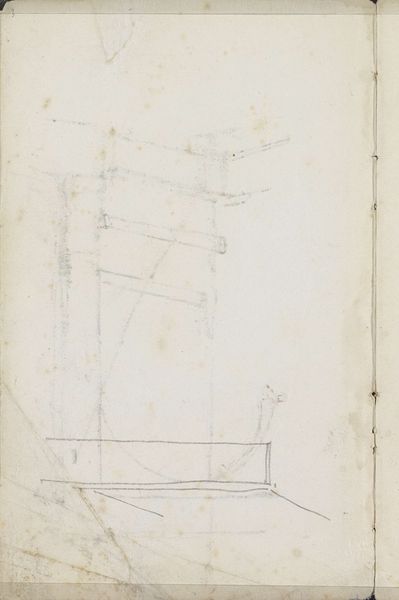
drawing, pencil
#
drawing
#
dutch-golden-age
#
pencil sketch
#
pencil
#
cityscape
#
realism
Copyright: Rijks Museum: Open Domain
Curator: Let’s turn our attention to Adrianus Eversen’s "Stadsgezicht in Rotterdam," a pencil drawing that likely dates somewhere between 1828 and 1897. Editor: There’s a rawness to this sketch that immediately grabs me. You can almost feel the artist's hand moving across the paper, mapping out the bones of the city. Curator: Eversen’s cityscapes often capture a very particular slice of Dutch urban life, and are fascinating from a historical perspective. How does this drawing resonate with the art trends of the period? Was it made as preparatory work? How did it contribute to Eversen’s reputation as an artist? Editor: Absolutely! Consider the materials: pencil and paper. Inexpensive, easily accessible. What story do they tell about artistic labor in the period? Is this a work meant for the elite, or a reflection of a changing art market, where more modest pieces are valued and collected? This economy impacts not only how the work looks, but who has access to make and appreciate it. Curator: That’s a good point, the sketch certainly democratizes the view of city spaces, far from the idealized paintings displayed in grand salons. One wonders how such a study drawing was viewed by the general public at the time, as opposed to now. Editor: And it’s not just about democratization but about process itself! You get to see the scaffolding behind a finished painting, to appreciate the actual marks of production. These deliberate traces challenge assumptions about perfection and artistic value being attached only to works of higher perceived permanence. Curator: Seeing how this preliminary work relates to public reception and the overall impact on Dutch art practices shifts our perspective of Eversen's oeuvre and provides vital insight into artistic practices in the 19th Century. Editor: Yes, tracing the materials and intention leads us to better appreciate labor and change, making us look closely and think more.
Comments
No comments
Be the first to comment and join the conversation on the ultimate creative platform.
